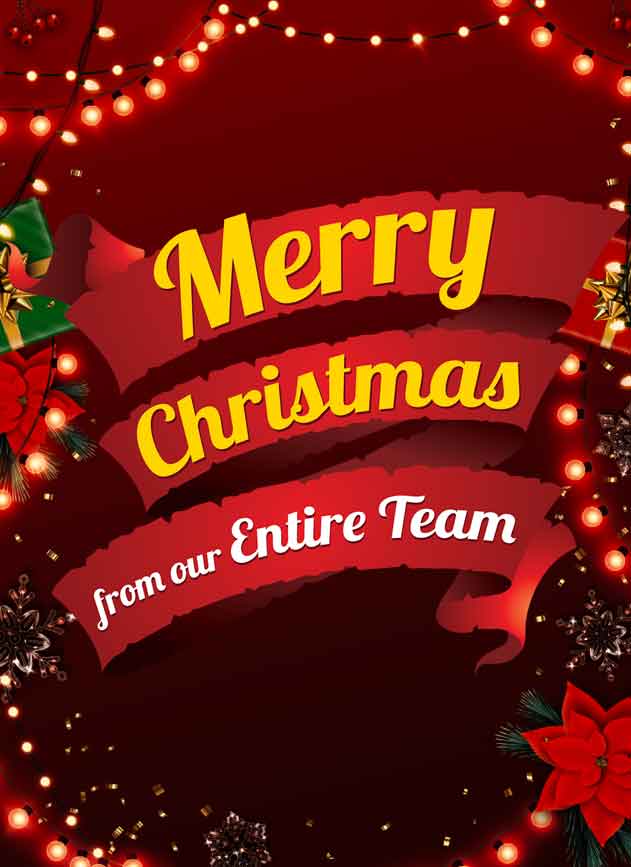Fifteen vendors and 28 tables of coinage, bills, historic and foreign coins
Submitted by Larry Dalman
The Manitoba Coin Club will host their annual Coin, Stamp & Collectibles Show on Saturday and Sunday at the Access Centre in West St. Paul on Sept. 28 and 29, with doors opening at 10 a.m. The Royal Canadian Mint will attend from 10 a.m. to 2 p.m. for a coin exchange (2024 Canada $1 Birth of L. M. Montgomery 150th Anniversary Colourized Loonie Coin (Brilliant Uncirculated).
Make sure to bring your loonies to exchange.
There will be over 15 vendors, with 28 tables of coinage, bills, historic and foreign coins, and many other items.
This year will mark one of the greatest changes in Canadian money. We will see a new Monarch, King Charles III, replacing his Mother, Q.E.II, who reigned for 70 years. The new coins will feature King Charles III.
It was not until 1908 that Canada opened the Royal Canadian Mint in Ottawa and no longer had to rely on its coinage being made in England and sent via ships. The very first coin struck was the 50-cent piece made of 92.5 percent silver (218,119 minted) and struck by the Governor General on the day. This coin today is valued at $16 – $5,700, depending on its quality.
In 1975, the Royal Canadian Mint Winnipeg opened and became the supplier of all circulating currency for Canada. The Ottawa branch makes proof, specimen, and uncirculated sets and silver and gold collector coins.
Since its opening in 1908, the Royal Canadian Mint has produced coinage and planchets for over 80 countries. As you enter the grounds, those countries’ flags are flown at the Royal Canadian Mint in Winnipeg.
Numismatics, the study of coinage and paper currency, has existed for centuries. Millions of individuals from all over the world are involved in this exciting and diverse hobby.
Individuals who attend the show can learn more about our history dating back to the English and French Colonies and the currency used during these periods, including tokens by shopkeepers as currency.
In 1850, The Government of the Province of Canada, as it was known, faced a coin shortage and passed legislation to create its own mint. The British Government rejected this, but it did allow the Province of Canada. In 1858, the first distinctive Canadian coins, denominated in cents, were produced.
However, for the next 50 years, all coinage was still required to be minted by the Royal Mint in England, and some coinage was minted by Ralph Heaton & Sons, a private Birmingham mint when the Royal Mint was too busy. Their coins had a smaller H.
Also, in Canada, four of our provinces had their own coinage: Newfoundland (1865-1947), New Brunswick (1861 -1864), Nova Scotia (1861-1864), and Nova Scotia (1871). Many of these coins had very low mintage and are highly collectible today.
To learn more and enjoy the day, come out and visit with members of the Manitboa Coin Club. You can learn about collections and find items that might surprise you. If you are interested in adding to an existing collection or want to start an adventure looking and learning more about Canadian History through Numismatics, members look forward to sharing their knowledge at the Access Centre on 48 Holland Road in West St Paul on Sept. 28 and 29. Admission is $5 and free for kids under 12 years.
